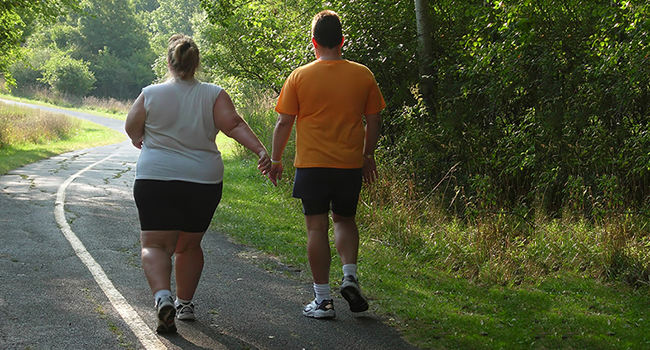
Nonalcoholic fatty liver disease (NAFLD) is a common condition in which excess fat is accumulated in the liver of people who drink little to no alcohol. It is associated with obesity, insulin resistance, and metabolic syndrome, which increases the risk of developing other serious health problems such as type 2 diabetes, cardiovascular disease, and liver cirrhosis. The early stage of NAFLD is called nonalcoholic fatty liver (NAFL), which typically does not cause symptoms. However, in some cases, NAFL may progress to nonalcoholic steatohepatitis (NASH) associated with inflammation and damage to liver cells.
Increased liver stiffness and insulin resistance are two crucial therapeutic targets in patients with NAFLD. Liver stiffness is a measure of how hard or stiff the liver is, which can indicate the presence of liver fibrosis or scarring. In other words, liver stiffness is an indirect measure of liver damage. When the liver is damaged, it tries to repair itself by forming scar tissue, which can increase liver stiffness. A non-invasive technique called transient elastography can be used to measure liver stiffness.
Clinical Trial
Researchers have developed a hybrid training system (HTS) that combines electrical stimulation and volitional contractions to improve these outcomes. In a clinical trial, the effects of walking (at a speed of 5.6 km/h) with and without simultaneous HTS were compared on liver stiffness and insulin resistance in 32 patients with NAFLD.The researchers randomized the patients to 12 weeks of triweekly 30-minute walking exercise with either HTS (HTS group) or without HTS (control group). Liver stiffness, body weight, visceral fat, fasting blood glucose, serum aspartate aminotransferase, alanine aminotransferase, and gamma-glutamyl transpeptidase were measured.
The trial found that in patients with a BMI of 27 or more, the HTS group significantly decreased liver stiffness more than the control group. This suggests that combining electrical stimulation with walking may decrease liver stiffness in people with NAFLD. The HTS was also found to increase the exercise effect without increasing the walking speed, which could be especially useful for obese or overweight individuals who often have joint problems and are at higher risk of developing NAFLD. However, the effects of HTS on insulin resistance and body composition were not apparent, thus requiring further investigation.
